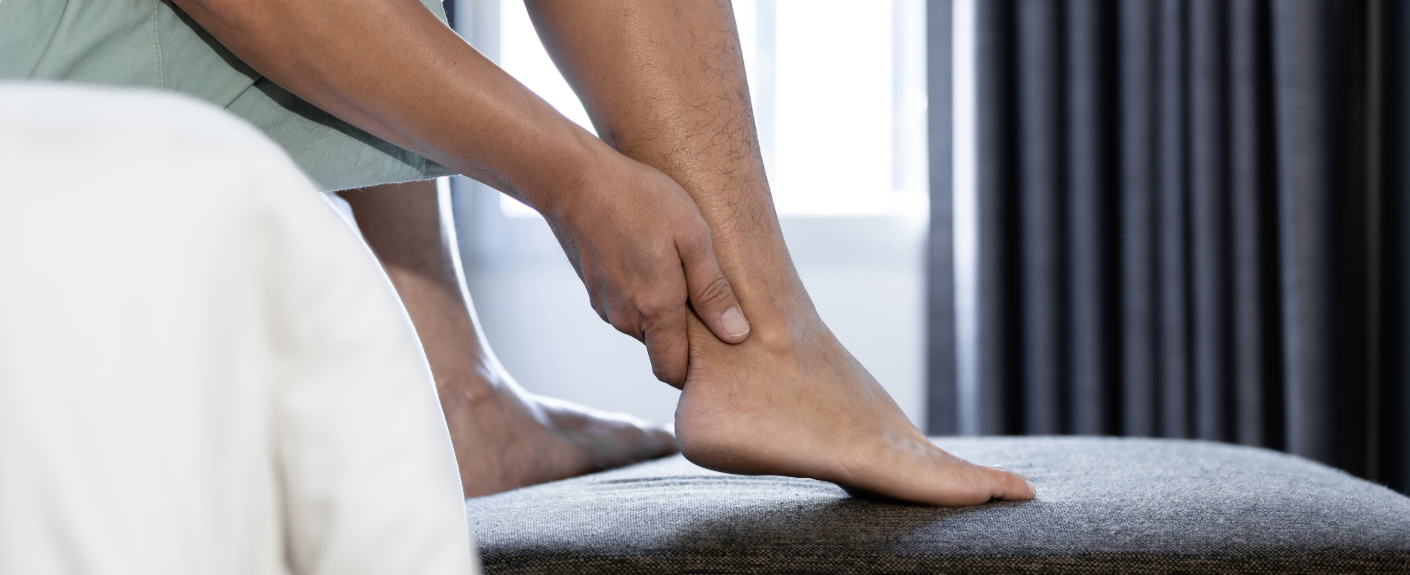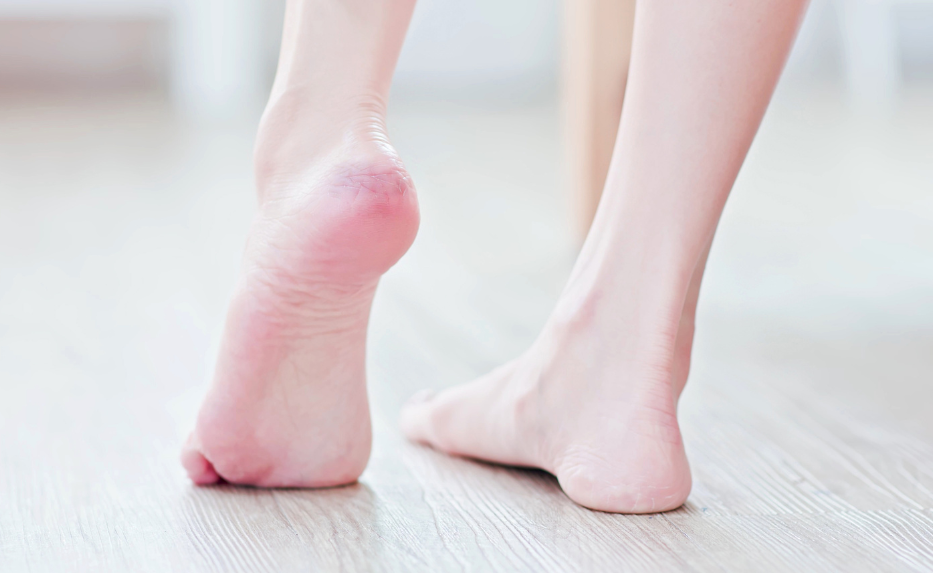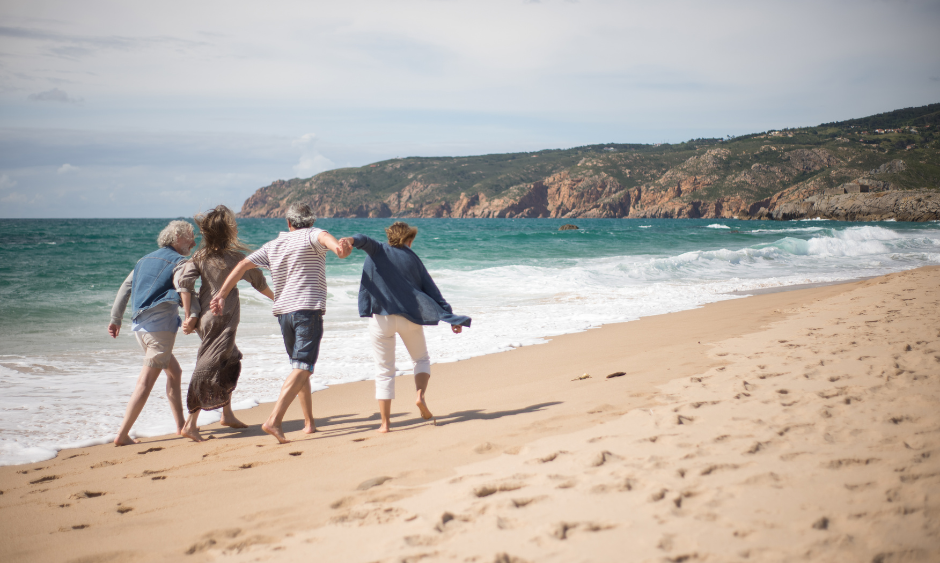A tarsal coalition describes an abnormal connection or fusion between two or more tarsal bones of the foot. The connection between the two tarsal bones can be bony, cartilaginous or through fibrous tissue. There are seven tarsal bones located at the rear of the foot which include:
The bones and joints most often affected are the calcaneus and the navicular (calcaneonavicular joint) and the talus and the calcaneus (talocalcaneal joint). One or both feet can be affected.
Tarsal coalition commonly occurs in the womb during development and results in improper bone formation. It is thought to be linked to a gene mutation that affects the cells that produce the tarsal bones. Other causes of tarsal coalition include:
For the majority who are born with tarsal coalition, the symptoms often don’t begin until the ages of around 8 to 16 years. This is when the bones tend to mature and ossify (harden). Not all tarsal coalitions are symptomatic, but symptoms can include:
You can learn more about children’s foot problems here.
Before treatment begins, the presence of a tarsal coalition is confirmed radiographically. Because the coalition of the bones cannot be reversed, treatment looks to manage the symptoms and control pain. The initial focus is on limiting the movement still available at the affected joints in order to relieve painful symptoms. This may include:
In more severe cases where conservative therapies do not alleviate the painful symptoms, surgery may be indicated.
.png)
Since introducing shockwave therapy, we’ve helped many of our patients avoid surgery for certain conditions. Here's what you
need to know about shockwave treatment and how it works.
.png)
This Mother’s Day, consider a practical, medically safe, and confidence-boosting gift: a professional KeryFlex nail restoration treatment. It’s a simple, effective, and medically safe way to instantly transform the appearance of toenails.

In some cases like arthritis, continuing to stay active is one of the best things you can do for your joints. Is the same true if you're in pain or have an injury?

A stroke is New Zealand's second single biggest cause of death and a leading cause of serious adult disability. Here's how podiatry can help in your rehabilitation.

Shockwave is a fantastic treatment for Achilles injuries and Achilles heel pain. Here's how it works and how our podiatrists use it.

How does shockwave work to relieve foot pain? Here's how it helps you, and how our podiatrists use it at our Remuera clinic.

How do you go through the holidays and family visits while keeping up your strength and fitness? Here are five ways.
Keeping your family on their feet and helping them to walk, run, play and exceed their goals is why we love getting up in the morning.
Ground Floor, One Health Building
122 Remuera Rd, Remuera
Auckland 1050, New Zealand
| MON - FRI | 7:30am – 6:30pm |
| SAT | 8:30am – 4:30pm |
| SUN | Some availability |
Make an Appointment
Online Schedule